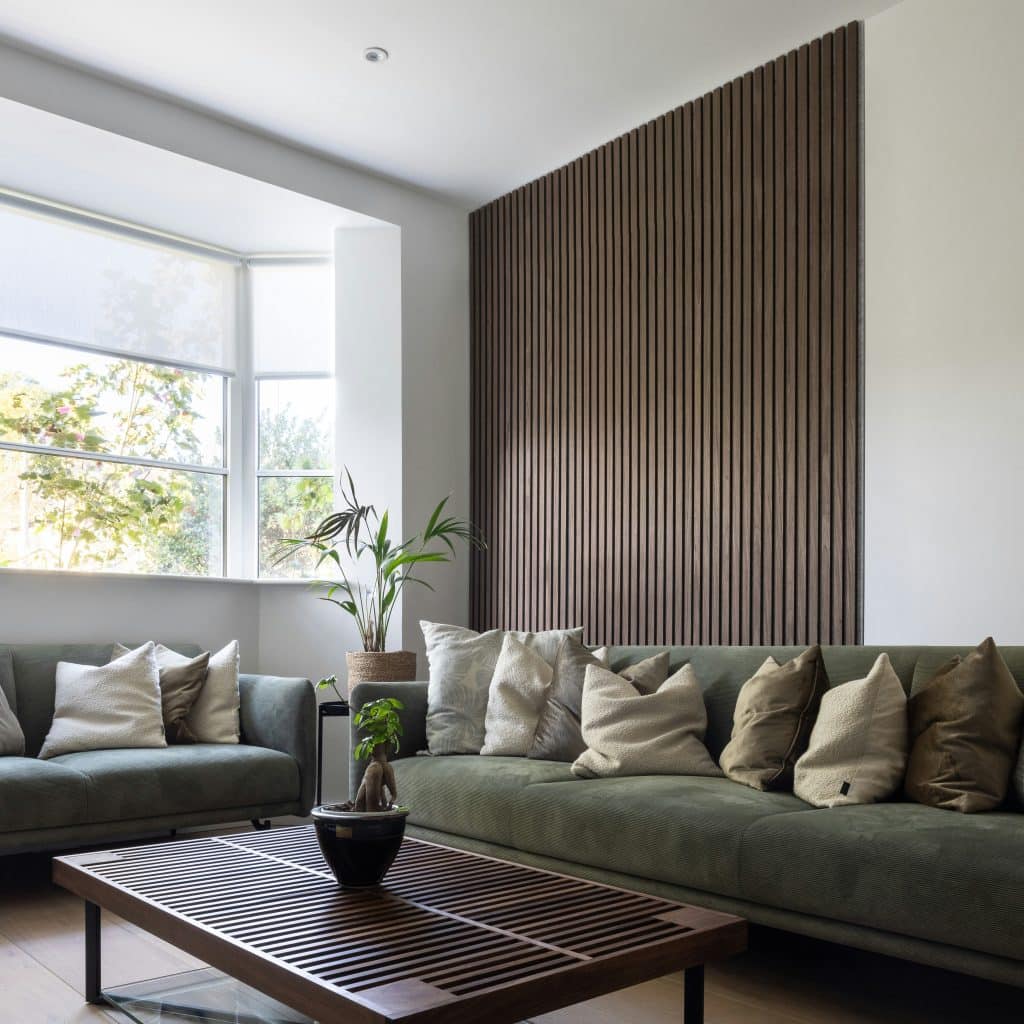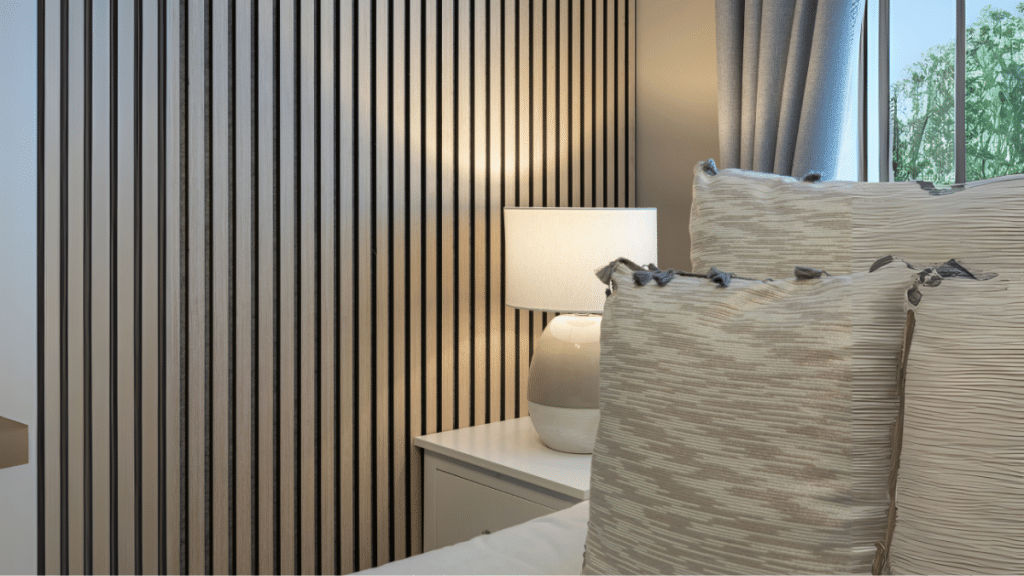Open-plan layouts, hard floors and minimal décor look beautiful, but they can make a home noisy. If you have ever tried to work from your kitchen table while someone’s watching TV in the lounge, or struggled to have a quiet conversation in a room that echoes, you will know exactly what I mean.
Sound bounces around more in spaces with bare walls, and it can easily leak into other rooms. That is fine if you live alone, but in most homes, it quickly becomes frustrating. One of the easiest ways to tackle the problem, without compromising on style, is with MDF wall panelling.
MDF panelling is not just a design feature. Done well, it can help to soften echo, improve the way a room sounds, and even make it harder for noise to travel through the walls.
Why Sound Control Matters More Than You Think
We do not always notice when the acoustics in a room are bad. We just feel uncomfortable. You might find yourself talking louder than usual, turning the TV volume up, or struggling to focus. When noise carries between rooms, it is not just about volume; it is also about privacy.
Whether it is a home office, a bedroom or a family living space, a room that sounds good is instantly more relaxing to be in.
How MDF Wall Panelling Makes a Difference
1. It adds mass to the wall
Because MDF is dense, it helps block airborne sound from passing through. Think of it as giving your wall an extra “skin” that is much harder for noise to penetrate.
2. It disrupts sound reflections
Bare plaster walls bounce sound waves straight back at you. Panelling, especially if it has grooves or raised sections, breaks up those reflections so the sound feels softer and more controlled.
3. It creates a buffer zone
If you fit MDF panelling onto battens rather than directly onto the wall, you leave a small gap in between. This air pocket works as an extra layer of insulation. If you fill it with acoustic material, you will get even better results.
4. It works well with other sound solutions
MDF panelling is not a magic bullet, but if you pair it with thick curtains, rugs and soft furnishings, you will transform the feel of a room.

Panel Styles That Help with Acoustics
- Slatted panels are great for scattering sound around the room.
- Shaker-style panels have timeless look and plenty of extra density.
- Raised and fielded designs break up flat surfaces and add texture.
- Full-height panelling, the more coverage you have, the better the effect.
Style & Substance in One
The beauty of MDF wall panelling is that it looks just as good as it performs. You can paint it to match your walls for a subtle effect, go bold with a statement colour, or keep it classic with muted tones. It is a design choice that adds character and warmth while quietly making your home sound better.
A Quieter Home, Without the Fuss
If you want to cut down on echo and keep sound where it belongs, MDF wall panelling is well worth considering. It is affordable, versatile, and makes a noticeable difference to how a room feels and sounds.
